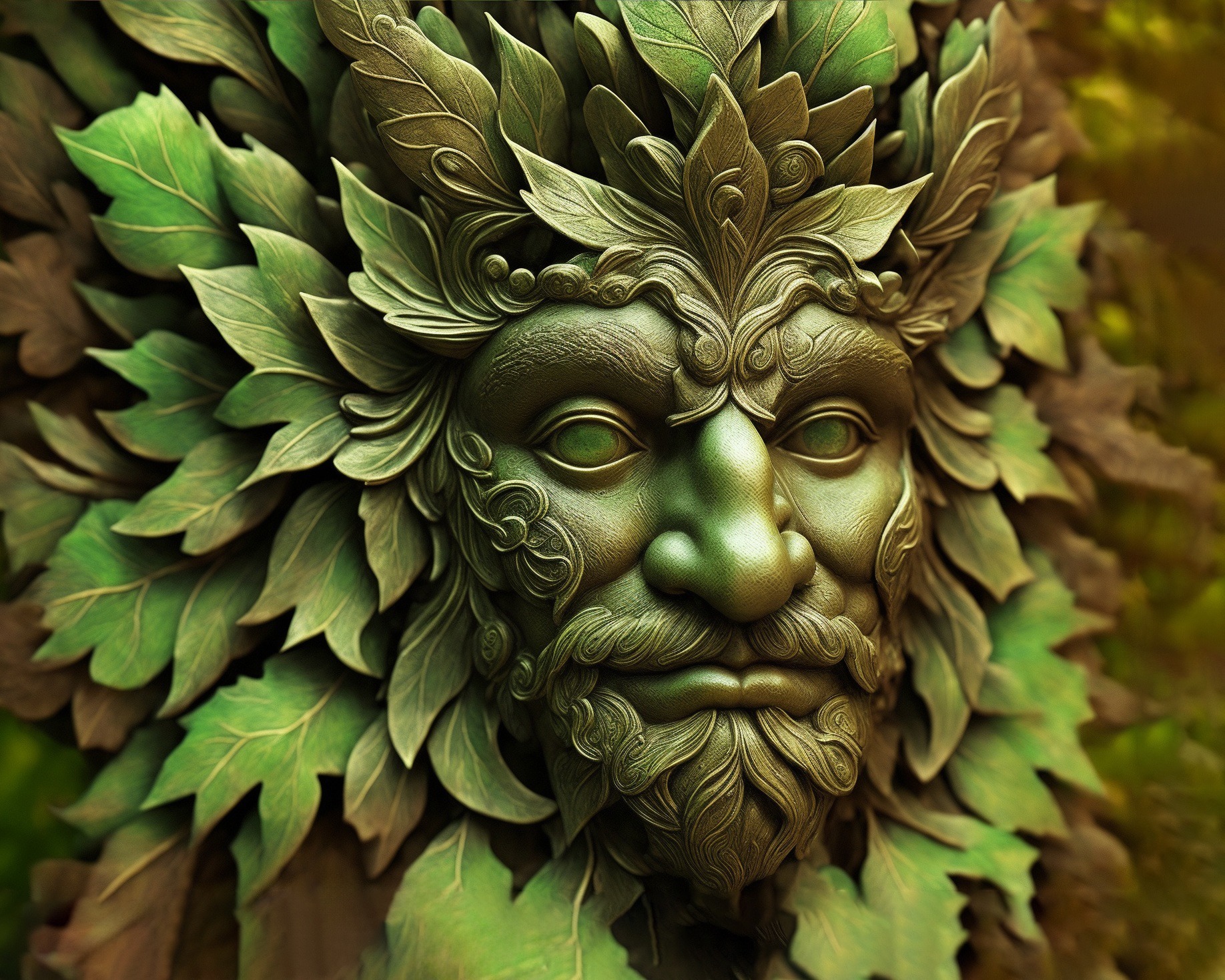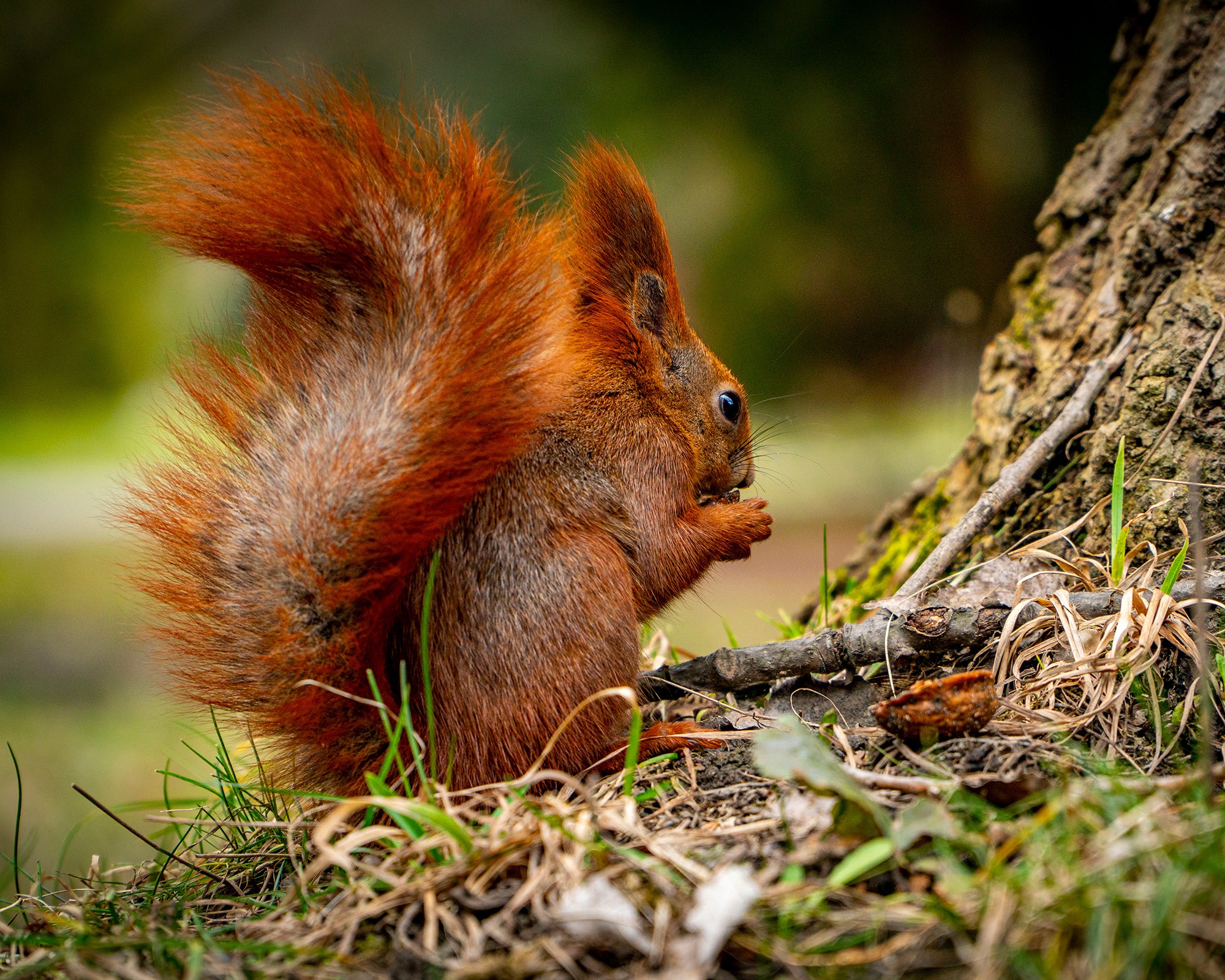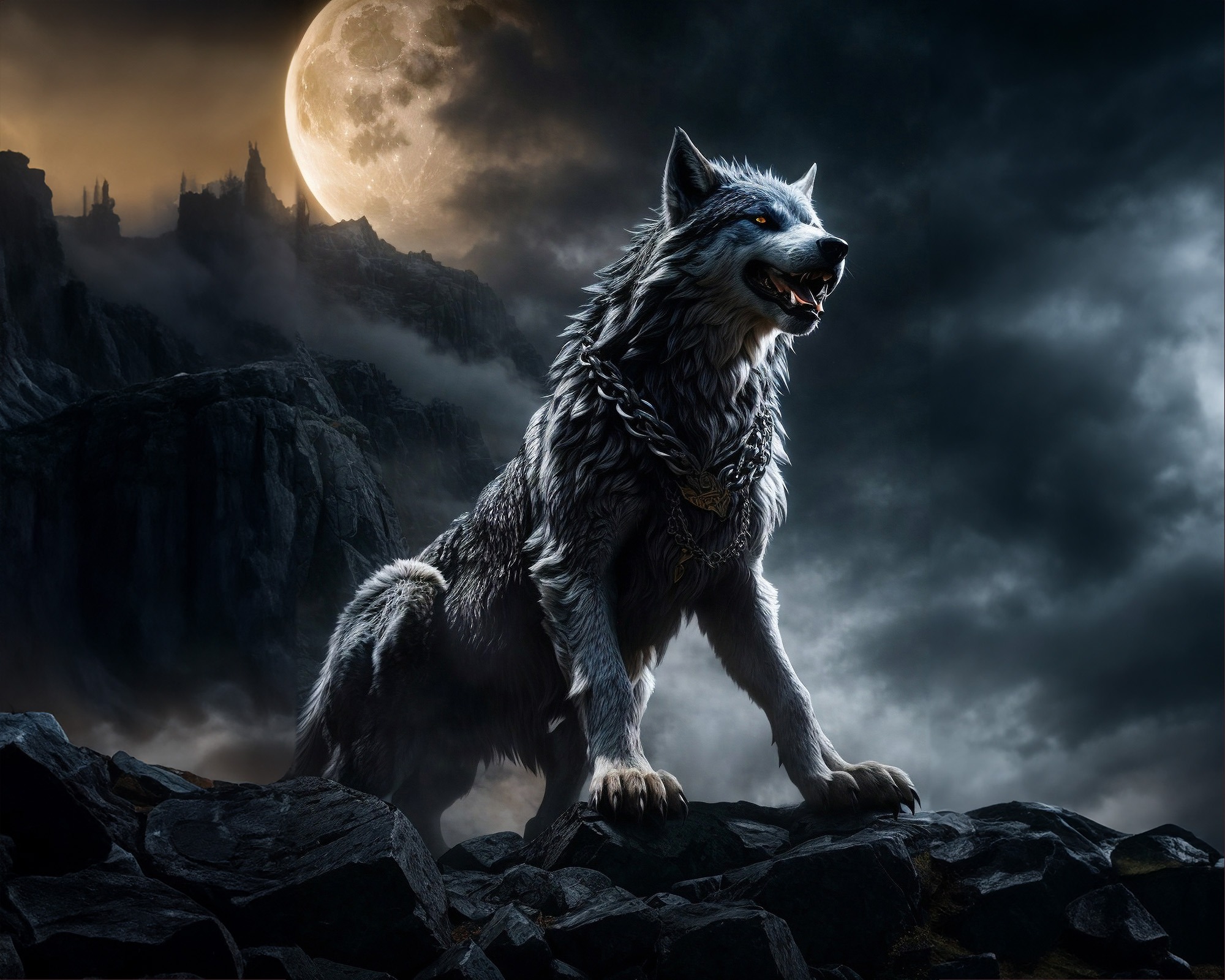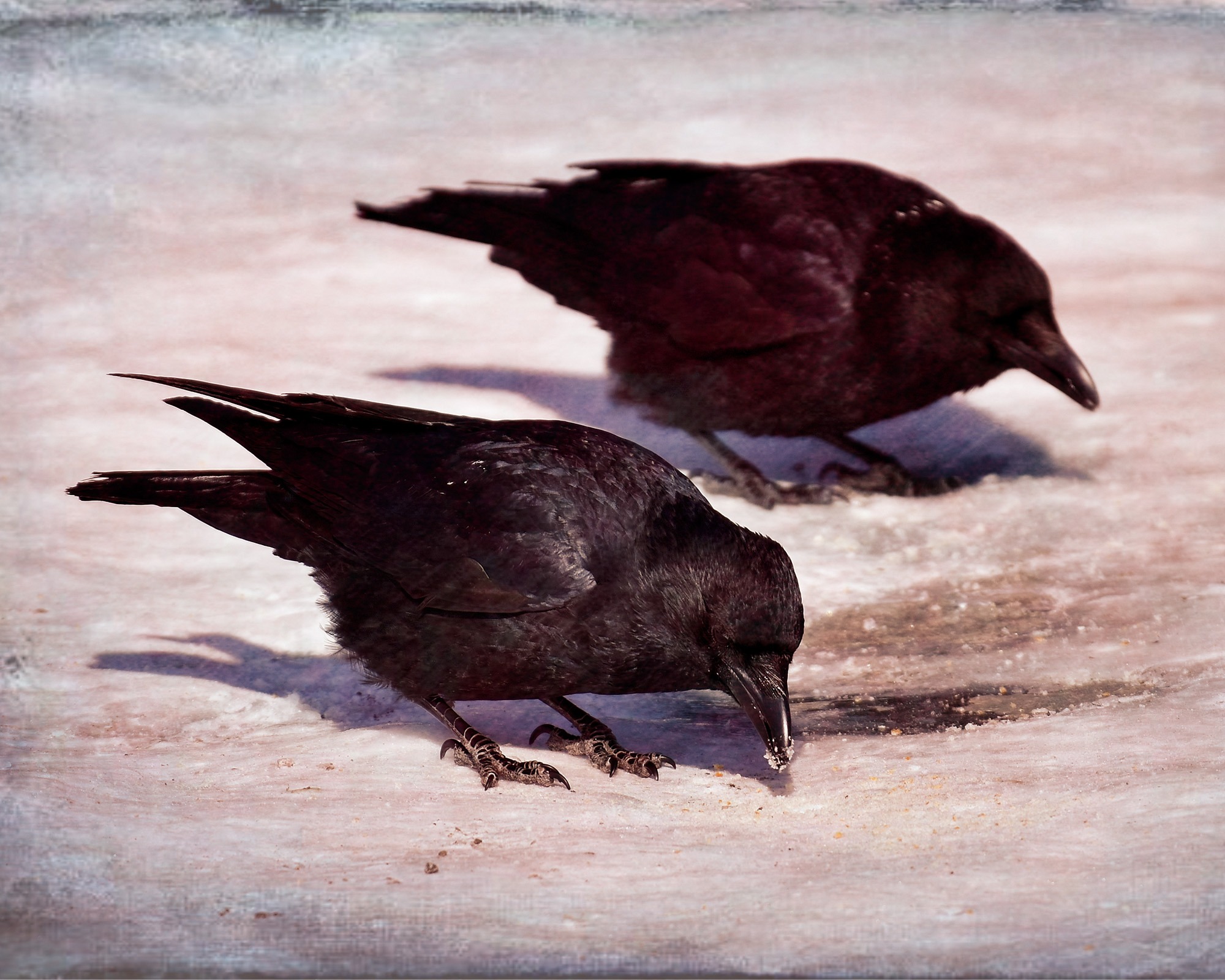Unraveling the Mystique of the Celtic Green Man: Nature’s Emblem of Renewal
Journey into the heart of Celtic mysticism as we unveil the enigmatic figure of the Green Man, an ancient symbol deeply rooted in nature and revered for its profound connection to renewal and the spirit of the wild.
The Green Man: Nature Incarnate
Foliage and Fauna in Harmony
The Celtic Green Man, often depicted with a face adorned with foliage, embodies the marriage of the natural world and human consciousness. Leaves, vines, and branches intricately weave together to form a verdant visage, symbolizing the symbiotic relationship between humanity and the untamed wilderness.
Cycles of Life, Death, and Rebirth
At the core of the Green Man’s symbolism is the cyclical nature of existence. He represents the eternal dance of life, death, and rebirth observed in the changing seasons. As leaves fall and new buds emerge, the Green Man stands as a testament to the perpetual cycle of renewal.
Origins and Mythic Roots
Ancient Roots in Celtic Tradition
The Green Man’s origins trace back to Celtic mythology, where nature deities were revered and celebrated. As a guardian of the forest and embodiment of the wild, the Green Man held a revered place in the hearts of those who saw divinity in the rustling leaves and the whispering winds.
Variations Across Cultures
While prominently associated with Celtic lore, variations of the Green Man appear in diverse cultures worldwide, such as the Roman god Sylvanus and the medieval European foliate heads. This universality underscores the timeless and cross-cultural significance of nature’s enduring spirit.
Symbolism and Significance
Renewal and Growth
The Green Man’s countenance, adorned with flourishing greenery, symbolizes the inexorable force of renewal and growth. His presence serves as a reminder that, even in the darkest moments, life persists, and the promise of rejuvenation is ever-present.
Spiritual Connection
Those drawn to the Green Man often seek a spiritual connection with the earth. His image adorns sacred spaces, serving as a conduit for communion with the natural world. Devotees find solace in his embodiment of the divine energy coursing through every leaf and root.
Contemporary Reverence
Artistic Inspirations
In contemporary times, the Green Man’s visage continues to inspire artists, craftsmen, and storytellers. His image graces paintings, sculptures, and jewelry, offering a tangible connection to the ancient wisdom encapsulated in his leafy countenance.
Ecological Advocacy
The Green Man has also become a symbol for ecological awareness and conservation efforts. As humanity grapples with environmental challenges, the Green Man stands as a potent emblem, urging a harmonious relationship with the natural world.
Embracing the Green Man’s Essence
Nature as Teacher
The Green Man beckons us to attune our senses to the whispers of the wind, the rustle of leaves, and the pulse of the earth. In embracing his essence, we discover a teacher in nature, guiding us towards a deeper understanding of our place in the intricate web of life.
Renewal in Every Season
As we contemplate the mysterious figure of the Celtic Green Man, let us internalize the lessons he imparts. In every season of our lives, may we find the strength to embrace renewal, drawing inspiration from the eternal dance of the Green Man and the ever-renewing spirit of nature.




